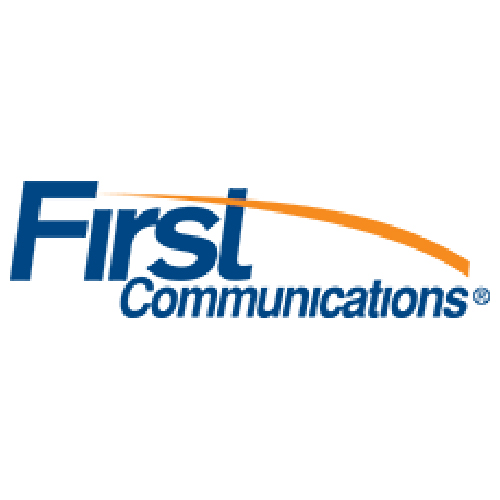MPLS/IP VPN
A high-performance connectivity infrastructure designed to deliver a secure, private, any-to-any/point-to-point WAN via Multi-Protocol Label Switching (MPLS) for business-critical applications.
Multiprotocol label switching (MPLS) is a protocol designed to get packets of data to their destinations quickly and efficiently. Because it sends data straight to its destination, it is superior to regular Internet Protocol (IP) routing, which bounces data all over the internet before finally sending it along to its destination.
“Multiprotocol” means that the system does not depend on any particular protocol to operate. It is an overlay, which enables it to forward a variety of different types of data, regardless of the protocol used to organize them.
“Label switching” refers to the fact that system routers form a label-switched path (LSP), which is a predetermined path that routes the traffic within the network. This results in better transmission and overall superior quality of service (QoS) when compared to regular IP routing. Some companies have—and continue to use—it, particularly when a strong, uninterrupted connection is critical. It reduces latency and allows companies to execute smoother videoconferences or Voice over Internet Protocol (VoIP) calls, which depend on smooth, uninterrupted streams of data.
MPLS is a technique that designates paths for data between nodes instead of endpoints. As a packet first enters the network, it gets assigned to a forwarding equivalence class (FEC), which dictates how the data packet is forwarded. This is done by appending a bit sequence label to the packet.
The bit sequence label acts like an address on an envelope that tells the data packet where to go. Packets with the same characteristics are associated with the same label and thus get forwarded using the same rules. As the data packet is forwarded from one router to the next, each router contains a table that tells it how to handle those specific types of packets.
























